Butterfly plants - shallow rooted/ground cover/containers
theparsley
7 years ago
last modified: 7 years ago
Featured Answer
Sort by:Oldest
Comments (48)
theparsley
7 years agomacranthos
7 years agoRelated Discussions
1st Container Garden - Ideas/Shallow-Rooted Plants Zone 5??
Comments (7)There's no lack of support here! I'm in zone 5, and I'd be more than happy to help! There are many good points to gardening in the north, and a few bad ones... but aside from our cold winters, which are good for growing plants that require a cold dormancy, the other seasons are wonderful! Let us know when you get to zone 5, and we'll be here to help! I have rather shallow raised beds for veggies... I grow bush green beans, short carrots, tomatoes, pea pods, zucchini, cucumbers, onions, peppers, okra... you name it! Just remember that the edges, especially, will dry out faster... keep an eye on moisture content. It's entirely possible to grow kind of shallow... the roots simply go in a different direction under the soil, spreading out horizontally rather than growing quite so vertically....See MoreAny suggestions for plants with shallow roots?
Comments (8)Hmmmm - trying to remember from when I divide perennials - I 'think' that the following all have fairly shallow roots - black eyed susans (rudbeckia), shasta daisy, corepsis zagreb, garden phlox, monarda, achillea, perennial geraniums... if your soil depth is 12 inches, I think most of these might be okay (?). However, you also mentioned possible drainage problems - can't talk about that, as I have very well drained, sandy loam.... of course, as already mentioned, annuals would have shallow roots systems... Good luck! Beth...See Moreshallow dirt ground covers
Comments (2)I'm not familiar with zone 9, but I know here in my zone 6 garden I have creeping sedum planted in some poor, sandy, quite shallow soil and it does extremely well. It's in a very hot, dry area next to the street. It's also easy to propagate - if you break a stem off, just stick it in the soil and presto! New plant! :) Dee...See MoreCovering /Mulching/Planting over Tree Roots
Comments (0)Mulching or planting within the dripline of any shallow rooted tree should be done with care, focusing on the needs of the TREE. Suffocation can result if roots are unnaturally "buried." Mulching should be done lightly and kept from contact with the bark. Any ground covers planted in the root zone should be drought tolerant. Keep in mind that any trees growing in lawn will be forced to shallow rooting because of the way they are watered....See MoreMary Leek
7 years agotheparsley
7 years agolast modified: 7 years agotheparsley
7 years agotheparsley
7 years agomacranthos
7 years agotheparsley
7 years agodocmom_gw
7 years agotheparsley
7 years agoHudson Valley NY (zone 5)
7 years agotheparsley
7 years agotheparsley
7 years agotheparsley
7 years agotheparsley
7 years agotheparsley
7 years agotheparsley
7 years agoJacob Berg
7 years agotheparsley
7 years agotheparsley
7 years agoJacob Berg
7 years agotheparsley
7 years agotheparsley
6 years agotheparsley
6 years agoIris S (SC, Zone 7b)
6 years agogardenfullofswallowtails
6 years agotheparsley
6 years agoIris S (SC, Zone 7b)
6 years agoIris S (SC, Zone 7b)
6 years agoJacob Berg
6 years agotheparsley
6 years agolast modified: 6 years agoIris S (SC, Zone 7b)
6 years agotheparsley
6 years agoIris S (SC, Zone 7b)
6 years agotheparsley
6 years agotheparsley
6 years agoIris S (SC, Zone 7b)
6 years agotheparsley
6 years agotheparsley
6 years agotheparsley
6 years agoRhonda
6 years agotheparsley
6 years agoIris S (SC, Zone 7b)
6 years agotheparsley
6 years agolast modified: 6 years agoIris S (SC, Zone 7b)
6 years agotheparsley
6 years ago
Related Stories

GARDENING GUIDESGreat Design Plant: Bugle Weed, a Quick Ground Cover
It’s highly adaptable, suppresses weeds, reduces erosion and provide weeks of bright flowers. Just watch for invasiveness
Full Story
GROUND COVERSGround Force: 10 Top Ground Covers for Your Garden
Protect your soil from weeds and drought this summer with a living mulch of ground covers
Full Story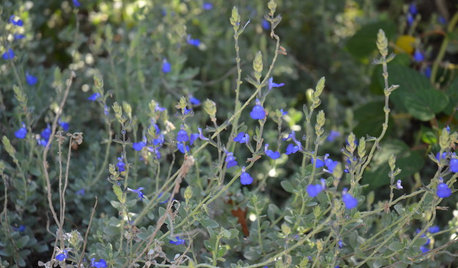
GARDENING GUIDESGermander Sage Makes a Versatile Flowering Ground Cover
Light up drought-tolerant gardens, and attract butterflies and hummingbirds, with Salvia Chamaedryoides’ vibrant blue blooms
Full Story
GARDENING GUIDES6 Plants That Beat Butterfly Bush for the Wildlife Draw
It's invasive, a nonnative and a poor insect magnet. Check out these better alternatives to butterfly bush in the garden
Full Story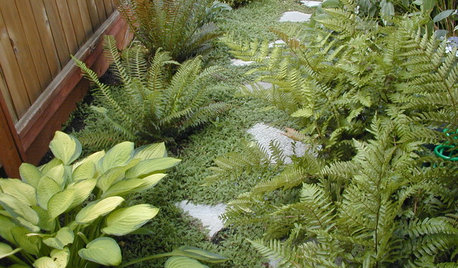
LANDSCAPE DESIGN6 Great Ways With Garden Ground Covers
Use them as problem solvers, weed killers, color and texture providers ... ground cover plants have both practical and visual appeal
Full Story
GARDENING GUIDES6 Native Ground Covers for Tough, Dry Spots
Sun beating down on your sandy gravel? Thick shade darkening your clay soil? There’s a ground cover here for you
Full Story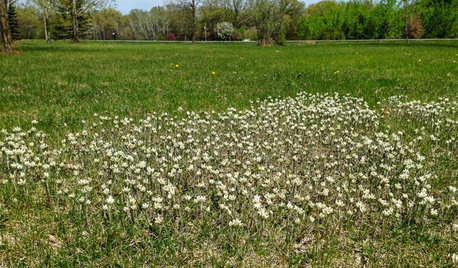
GARDENING GUIDESGreat Design Plant: Antennaria Neglecta
Plant field pussytoes in midwestern and eastern U.S. rock gardens for early-spring flowers and silver foliage
Full Story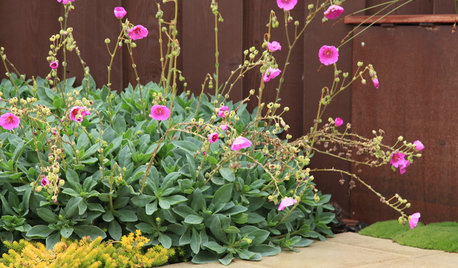
GROUND COVERS10 Succulents That Make Pretty, Easy-Care Ground Covers
These low-growing succulents create interest in the drought-tolerant garden
Full Story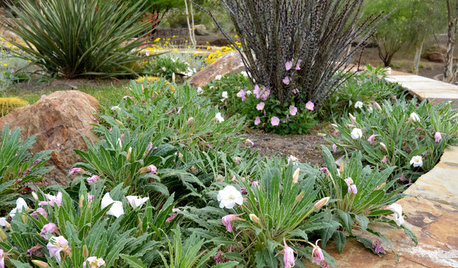
GARDENING GUIDES10 Native Ground Covers for Southwestern Landscapes
Create a carpet of color in your landscape with one or more of these sun-loving plants
Full Story
GARDENING GUIDESThe Beauty of Bare-Root Plants
Plant dormant trees and shrubs in fall using the easy, affordable bare-root method and enjoy beautiful results in spring
Full StoryMore Discussions



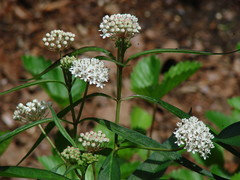


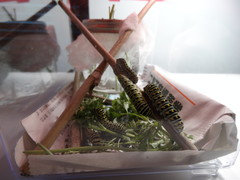

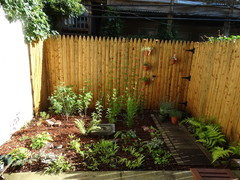

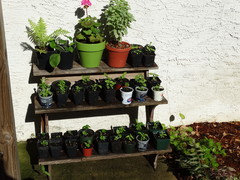








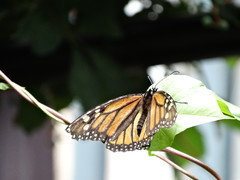


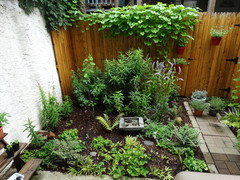
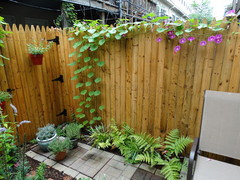
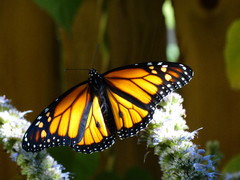



macranthos